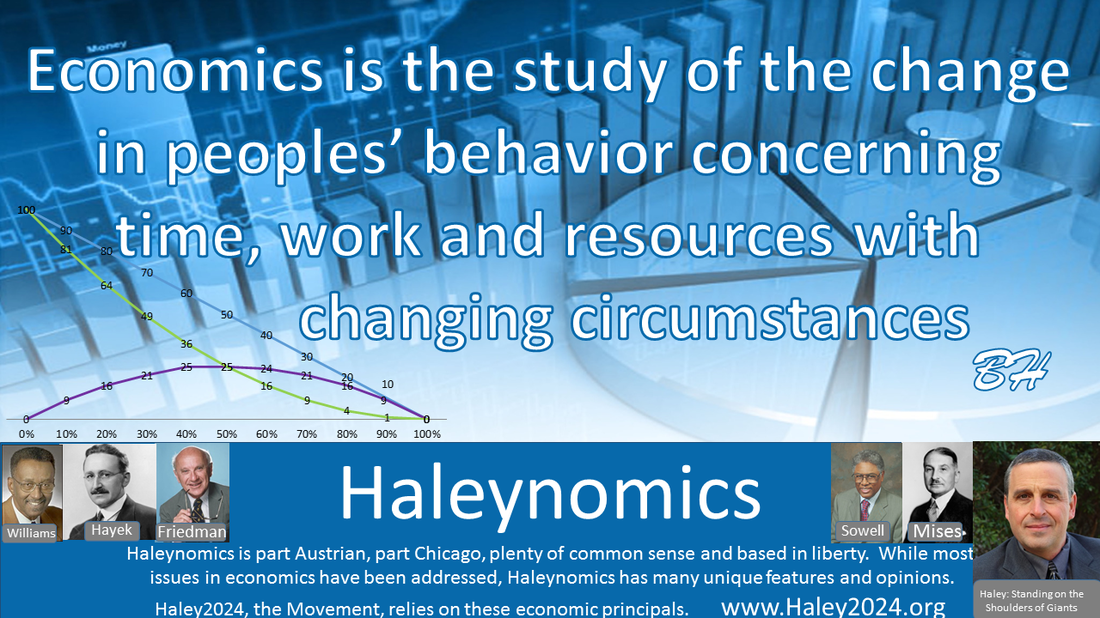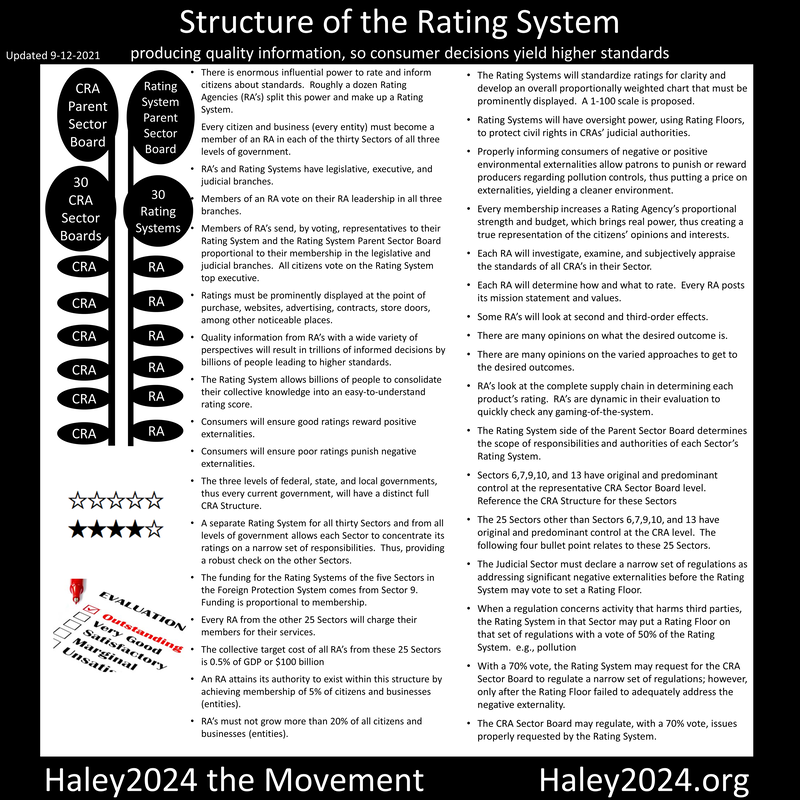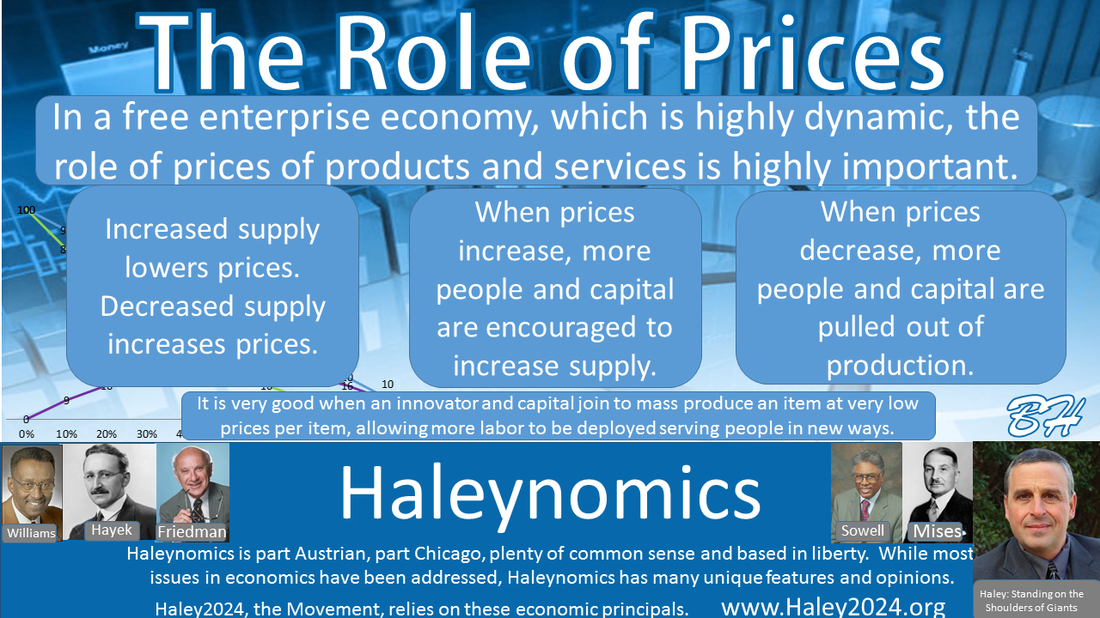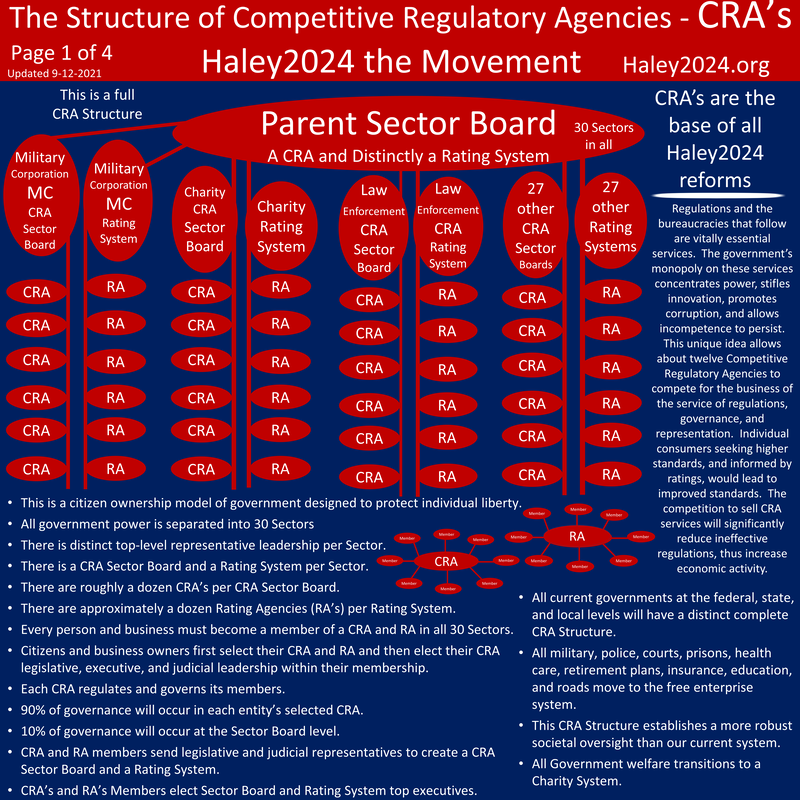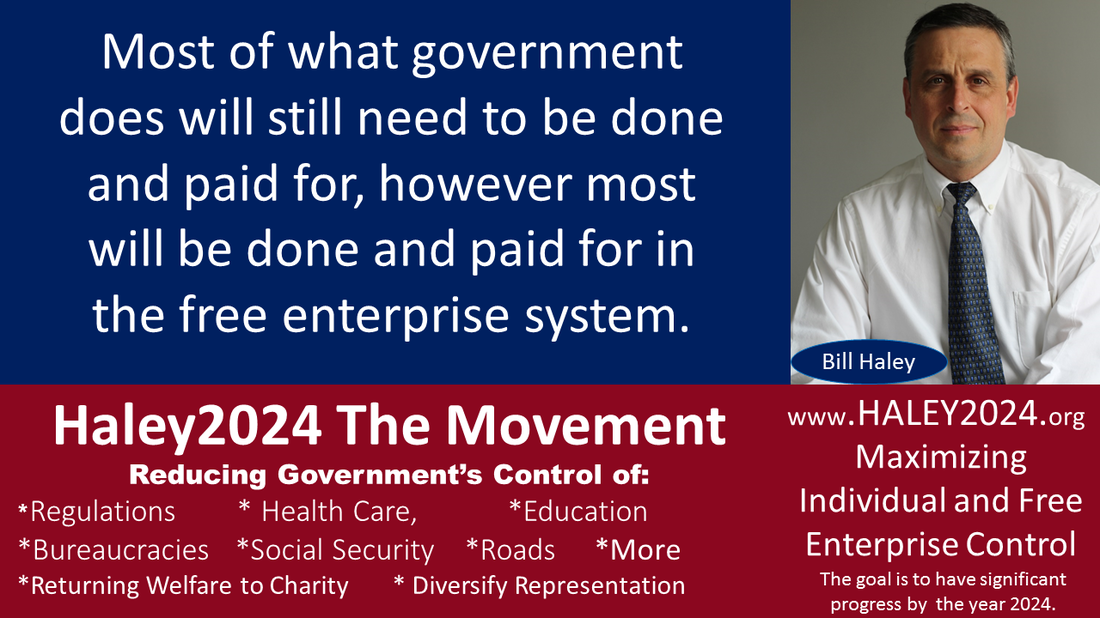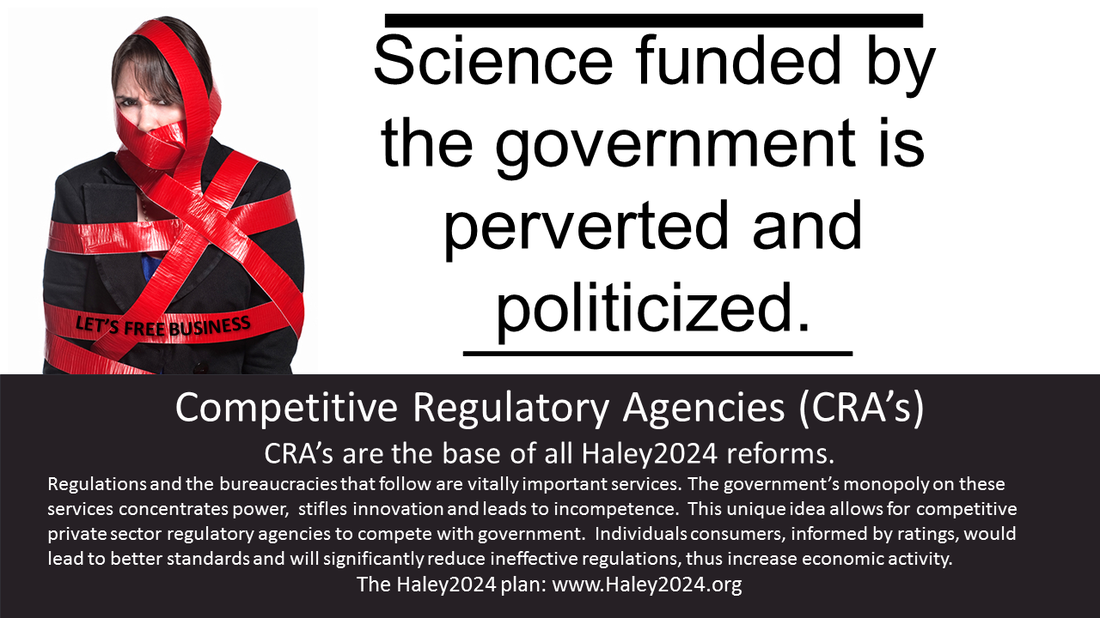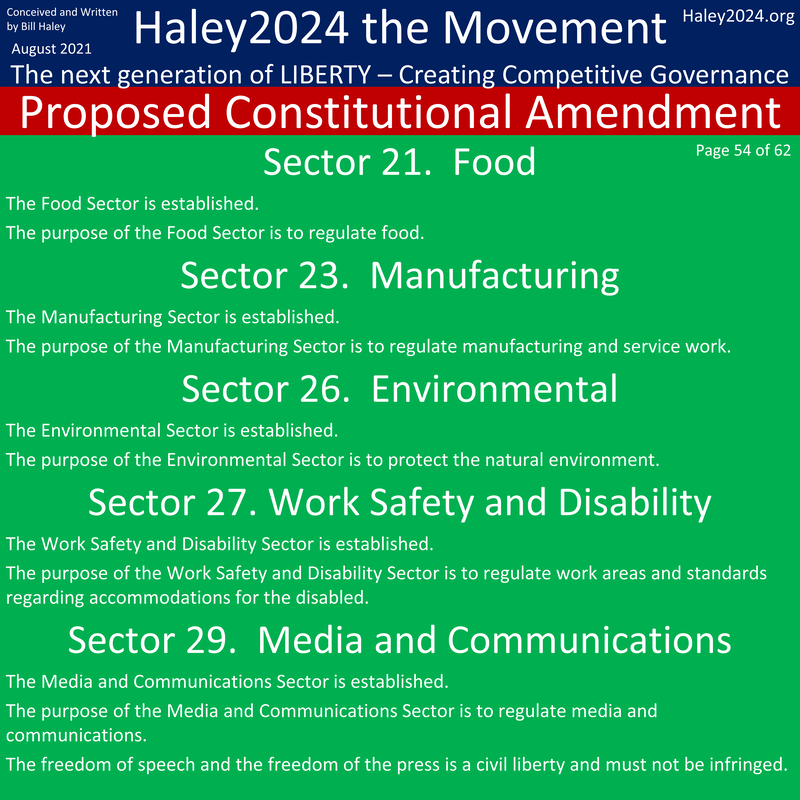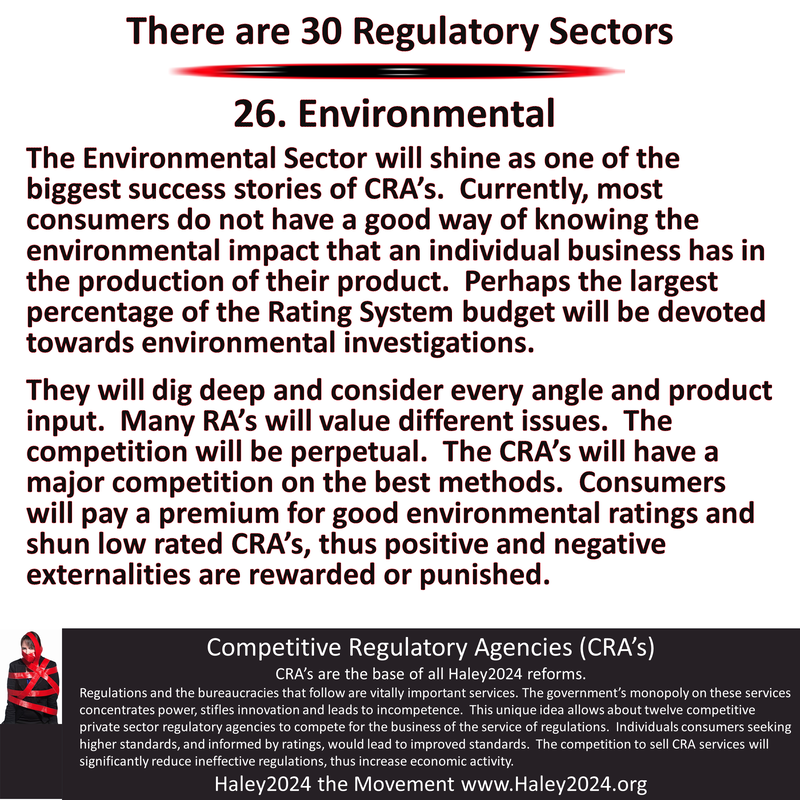The Environmental Sector
|
The CRA Structure separates all government authority into thirty Sectors. The Environment has its own Sector. Every person, every land-owner, every business, and every entity must become a member of a CRA in every Sector and pay their membership fees. Every entity will be regulated by their Environmental CRA. There will be a Rating Floor on negative externalities; however, the stronger check on low environmental standards are ratings at the point of purchase. Another large check on low standards is that almost all land and water would be privately owned. Thus the problems of the commons would diminish.
|
|
|
|
Roughly a dozen Environmental CRA’s would compete for everyone’s business of environmental regulation. This competition will force CRA’s to implement the most cost-effective methods to control pollution. Ineffective pollution regulations would necessarily yield to more effective laws. All businesses want to cut expenses as much as possible, so low cost, high return methods of cleaning up pollution will be preferred.
|
|
All Environmental CRA’s would have to justify every regulation to their members because the other Environmental CRA’s will attempt to gain their business of regulations. Is it more cost effective to put better filters on a smokestack and let a small amount of smoke into the air or is it better to force all that smoke through water and allow coal dust to get carried away in the river. There are alternative methods of dealing with most pollution issues, and the current one way fits all approach does not allow quality experimentation to thrive. Every dollar spent on ineffective technology is a dollar not being spent on more effective technology.
|
|
|
The lead was taken out of gasoline several decades ago, and that was applauded by all sides. If the Rating System were in operation at that time, most RA’s would have rated unleaded gas far higher than leaded gas. Thus everyone seeking higher ratings would have switched over quickly. The high cost of low ratings would have made every consumer punish those using leaded gasoline.
|
|
While a Rating Floor would be required on all forms of pollution, the competition for the best ratings at a reasonable cost will be fierce. It is important to note that ratings of every part of the production of every product will be included in the final environmental ratings. No business will be able to hide behind low rated subcontractors or suppliers.
|
|
|
When consumers look at a product on the shelf, they will clearly see a rating information box. That box will have the overall rating and some of the low ratings in each Sector. On a scale from 0 to 100 where 100 is the best, if a product has a rating of 80 and a competitor has a rating of 50, then the consumer would pick the better-rated item if the price were within reason. However, if the rating is only the difference of 80 to 79, the consumer would not likely pay double the price for only 1 point higher.
|
|
The role of prices will be highly valuable when there is quality information from an RA that you trust. The reason for roughly a dozen RA’s per Rating System Sector is because there is enormous power in these ratings. Having roughly a dozen RA’s and everyone picking the RA they wish, would spread that power and have a real competition of how to rate and what to rate. Some RA’s would look at many second and third order effects that are extremely subjective. For example, if an RA looks at a zero-emissions car because it is electric and rates it high, another RA might look at the emissions of the electrical power plants.
|
|
Other RA’s might go further and look at how the batteries are made and how it is disposed of. Lightweight cars might rate better on environmental ratings; however, might be rated lower on safety from a different Sector. The questions, dilemmas, tradeoffs, and subjective determination are going to be answered by every RA differently. Every person will pay their membership fees to their RA giving their RA more money and representative power in the full Rating System. Every RA would put out their ratings, thought patterns and reasoning and everyone would have access to every RA’s information. While everyone would likely dismiss some RA’s that have different philosophical views than their own, it is likely that people will find valuable information and reasoning from about half the RA’s.
|
|
Under all the Haley2024 reforms, almost all land and water will be owned in the private sector. Anyone polluting land, lakes or rivers will quickly have the owners of the property demand the pollution stop or negotiate a resolution. There already exist a set of laws dealing with longtime use of the property and the right to continue and that would be considered. The issue of polluting the air would likely need the Rating System to play the dominant role. Within the Rating System, there would be higher ratings if funds are contributed to an effective negative externality mitigation program. The Land and Water Sector would also play a significant role in zoning and other sets of regulations. Every entity would have power through there membership of their Land and Water CRA.
|
|
Since the current EPA has a monopoly on environmental regulation, it does not have the incentive to be cost effective. The leader of the EPA uses his or her philosophy of what is most important. There is not currently a healthy competition of subjective determination of the better methods of controlling pollution. The EPA has little financial incentives. Therefore, they have little disincentive from regulating solutions that don't actually work or make economic sense. Too often the EPA forces regulations that are very high cost with low pollution control returns.
|
|
Ethanol provides us with a perfect example of why we need CRA's. While using the same facts (not that we always will), different people will give a lot more weight to some issues and others might look at various topics. Conservatives look at the fuel used in producing ethanol and see greater pollution. Conservatives look at more land and fertilizer use for ethanol and see a worse environmental impact. Conservatives look at the food being converted to fuel and see rising food prices, thus more hunger in the third world. Conservatives look at more significant damage to engines and lower MPG with ethanol. Liberals like the sound of the phrase “renewable energy” and thus supports Ethanol.
|


